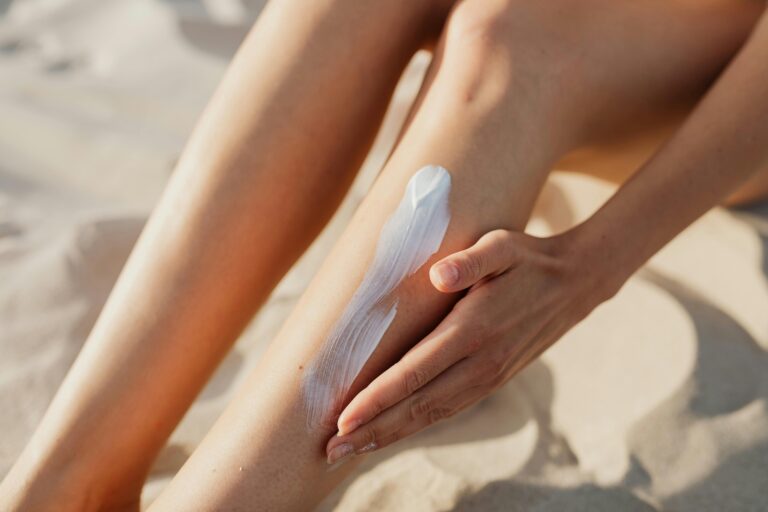Leg swelling, medically known as oedema, can occur for various reasons, including prolonged sitting or standing, injury, pregnancy, and certain medical conditions like heart or kidney disease.
The most common type of leg swelling is peripheral oedema, which affects the legs, ankles, and feet. If you experience persistent swelling, pain, or discomfort, it’s essential to consult a healthcare professional to rule out any serious underlying issues.
In the meantime, engaging in regular exercise can help alleviate swelling and improve circulation.
Here are five effective exercises you can do at home to reduce leg swelling:
1. Leg Elevation
How to do it:
- Lie down on your back on a comfortable surface.
- Prop your legs up on a pillow or the wall to elevate them above heart level.
- Hold this position for 15-30 minutes.
Benefits:
Elevating your legs helps reduce swelling by allowing fluid to drain away from your lower extremities, improving circulation and relieving pressure.
2. Ankle Pumps
How to do it:
- Sit or lie down with your legs extended.
- Flex your ankles by pointing your toes toward your body and then away from you.
- Repeat this motion 10-15 times for each leg.
Benefits:
Ankle pumps encourage blood flow back to the heart, reducing swelling and improving overall circulation in the legs.
3. Heel Raises
How to do it:
- Stand up straight, holding onto a wall or sturdy piece of furniture for balance.
- Slowly rise up onto your toes, lifting your heels off the ground.
- Hold for a few seconds before lowering back down.
- Repeat 10-15 times.
Benefits:
Heel raises strengthen the calf muscles and promote venous return, which can help decrease swelling in the lower legs.
4. Seated Leg Extensions
How to do it:
- Sit on a chair with your back straight and feet flat on the floor.
- Extend one leg out in front of you, keeping it straight, and hold for a few seconds.
- Lower it back down and switch to the other leg.
- Perform 10-15 repetitions for each leg.
Benefits:
This exercise engages the quadriceps and promotes circulation, helping to reduce swelling in the thighs and lower legs.
5. Walking
How to do it:
- Simply walk around your home or yard for 10-20 minutes.
- If needed, take short breaks and stretch your legs.
Benefits:
Walking is a low-impact exercise that stimulates blood flow and helps to reduce fluid accumulation in the legs. It also helps strengthen leg muscles, promoting better circulation.
When to See a Doctor
While these exercises can be beneficial in managing mild leg swelling, it’s important to see a doctor if you experience:
- Severe or persistent swelling
- Swelling that occurs suddenly or without an apparent cause
- Pain, redness, or warmth in the swollen area
- Difficulty breathing or chest pain
These symptoms may indicate a more serious underlying condition, such as deep vein thrombosis or heart failure, that requires immediate medical attention.


